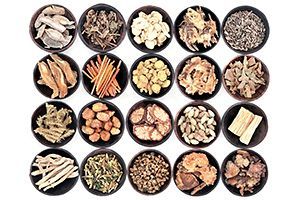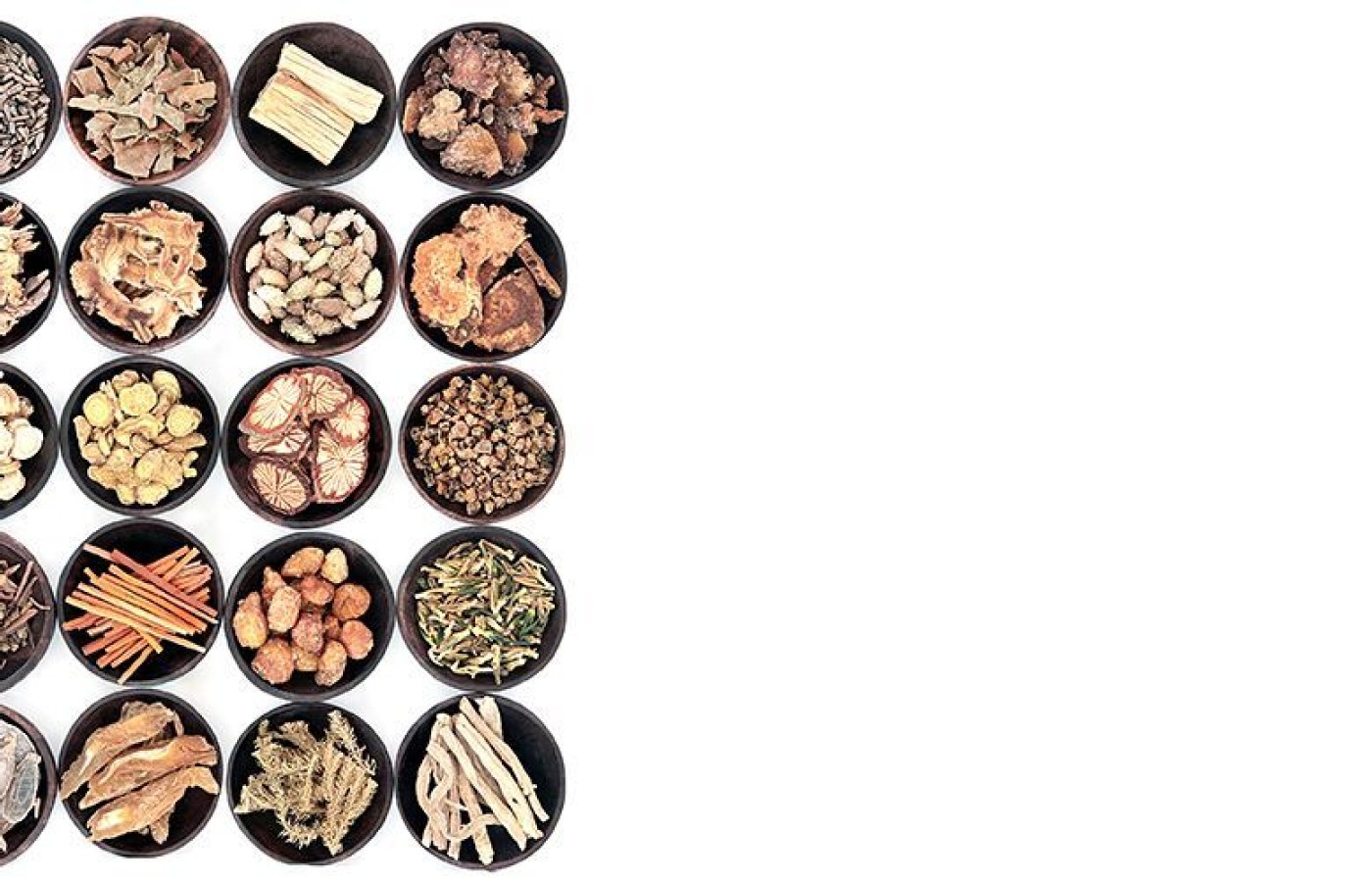One of the longest nerves in the body is known as the vagus nerve (VN). The VN is the 10th pair of cranial nerves that originates at the brain stem in the medulla oblongata. This nerve is part of the parasympathetic nervous system, which is a part of the ANS. Research suggests ear acupuncture can activate the VN.
TCHM Sustainability: Protecting Medicines That Protect Health
Sustainability concerns with some Chinese herbal medicines are growing in complexity. The American Herbal Products Association (AHPA) helps to demystify this for the profession by attending the meetings of the CITES plants committee. However, some skilled Chinese herb practitioners may be unaware that products become unavailable because there are difficulties at the source of origin.
This level of detachment can be problematic. If a product is unavailable in efforts to protect the species, a practitioner should know before attempting to purchase it from another supplier. International efforts are increasing to protect the trade of species in danger, but the demand for protected products is also increasing. Some online suppliers source endangered products paying little attention to the integrity of the practice of Chinese medicine for profit's sake. These suppliers rely upon a consumer that is either uninformed or unconcerned about the sustainability of the product.
Professional Responsibility
Using Chinese herbs at the risk of endangering delicate flora and fauna species, including Tiger, Rhinoceros, Pangolin for example, is not in alignment with the philosophy of the medicine. Protections of species at risk of endangerment are essential so that Chinese herbal medicines can remain available in practice. The Chinese herbs used in commerce are comprised of hundreds of plants and many animals. As the demand for these items has grown over the years, it has become increasingly important to protect them from over-harvesting or the danger of extinction.

The Convention on International Trade in Endangered Species of Wild Fauna and Flora (CITES) was created in 1975 to help with these types of global trade concerns. Currently, 183 countries, including the U.S., participate with CITES recommendations to engage responsibly in the herb trade (CITES, 2018). The U.S., Japan, and Europe are the foremost consumers of flora and fauna products in trade.1 As one of the principal countries of consumption, it is wise to be ethical stewards of how these products are bought and sold. To do this, a practitioner must first understand what a CITES classification means.
Understanding CITES
A species may be listed under CITES when there is a possibility it may become extinct, endangered, or exploited. Depending on the level of severity of the threat the plant or animal is placed in one of three categories or appendices.
- Appendix I- Most endangered – listing plants and animals under strict regulation for trade because the species are "threatened with extinction," and "only authorized in exceptional circumstances." Tiger, Rhino, and Pangolin are within this category and are not publically traded in the U.S. Please never accept sources of these products in your herb practice.
- Appendix II- Potentially endangered – listing plants and animals that are not currently, but potentially threatened with extinction without "strict regulation" of trade.
- Appendix III- Protected species – international efforts to control trade by implementing necessary permits and certifications.
The CITES documents make a particular reference to the practice of Traditional Chinese Medicine (TCM), and TCM practitioners by saying, "most traditional-medicine systems in East Asia were derived from traditional Chinese medicine which is a rational system of thought and practice developed over several millennia and involving extensive clinical observation and testing."
The CITES material goes on to recommend working, "closely with groups of traditional-medicine practitioners and consumers" to educate about ways to eliminate illegal uses of endangered species and to prevent excessive use of wild species. CITES also notes the importance of proper identification of traditional medicines to prevent mistakes involving those potentially listed within CITES.
Chinese herb practitioners are partners in the herb trade. Through herb prescriptions practitioners can help educate patients about the international efforts that take place to ensure responsible sourcing. It is also an opportunity to communicate the importance of patient compliance. A patient's role in the sustainability cycle is to do their best not to waste the precious medicines they have been expertly guided to consume.
When a plant or animal named in a formula is in the CITES Appendix I list, consider an alternative. Don't get trapped looking for illegitimate sources. Attempt a custom designed formula using modifications as necessary. In many cases legal and ethical domestic cultivations of species listed in Appendix II and III are available. These may come with a higher price tag than unethical (non-CITES adherent) sources.
What You Can Do
As always, confirm the supplier can offers identity testing along with other quality markers, such as a way to confirm the strength of the product and the absence of potentially toxic residues such as pesticides and heavy metals. A "certificate of analysis" may offer quality information.
If contracting with herbal manufacturers and distributors that are members of the American Herbal Products Association (AHPA) chances are, these suppliers are taking care of CITES issues. They restrict purchases (for Appendix I) or obtain special permission to use products listed in the CITES index (Appendix II & III) when necessary. In some cases, companies have methods in place to inform practitioners when a CITES restriction has seized trade in of an herbal medicine product.
To take studies further in this subject, AHPA has created what they refer to as a "CITES primer" to help share the information most necessary for the medicinal and dietary supplement herb trade. It has six sections to summarize helpful resources. Section 1 introduces CITES, Section 2 lists plant and animal species in medicines or dietary supplements traded in the U.S. (also see Section 5 for this list), Section 3 shares government agencies and enforcement details, Section 4 explains methods to import a species in the CITES list, and Section 6 is contact information and checklists for import and export purposes.
For additional information Species+ is a web-based search tool to instantly determine if a plant or animal of concern is in the CITES index. Enter the Genus and Species to see if it appears in the CITES appendices. For more detailed information on CITES visit the AHPA website and locate the CITES Primer:
www.ahpa.org/Portals/0/pdfs/AHPA_CITES_Import_Export_Primer.pdf.2
For additional information Species+ is a web-based search tool to instantly determine if a plant or animal of concern is in the CITES index. Enter the Genus and Species to see if it appears in the CITES appendices. Species+ Web Search for Genus and Species Listed in CITES: https://www.speciesplus.net/#/.3
References
- Vasisht K, Sharma N, et al. Current Perspective in the International Trade of Medicinal Plants Material: An Update. Current Pharmaceutical Design, 2016; 22(27), 4288–4336.
- The American Herbal Products Association. Primer on Importing & Exporting CITES-Listed Species Used in the United States in Dietary Supplements, Traditional Herbal Medicines, and Homeopathic Products. AHPA.org, 2013.
- CITES. Secretariat adopted Resolution Conf. 10.19 (Rev. CoP14) on Traditional medicines with following recommendations to Parties. Speciesplus.net, 2018.



